HalAdams
TPF Noob!
- Joined
- Aug 23, 2014
- Messages
- 7
- Reaction score
- 0
- Location
- France
- Can others edit my Photos
- Photos OK to edit
I am spending some time getting to know all the ins and outs of the camera.
The first thing that puzzles me are the AF points. I cannot yet see why there are so many - surely just one point [in the middle] is all that is needed? I'd be interested in a plain english explanation of this one!
My question: Is there any way to cancel out all the peripheral AF points and leave just the centre one as a default for all programs? Unless I am missing something, the default seems to be all the AF points on...
The first thing that puzzles me are the AF points. I cannot yet see why there are so many - surely just one point [in the middle] is all that is needed? I'd be interested in a plain english explanation of this one!
My question: Is there any way to cancel out all the peripheral AF points and leave just the centre one as a default for all programs? Unless I am missing something, the default seems to be all the AF points on...


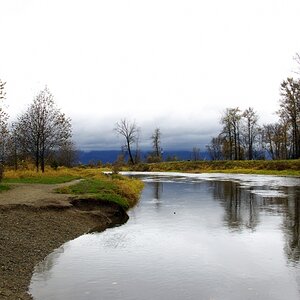

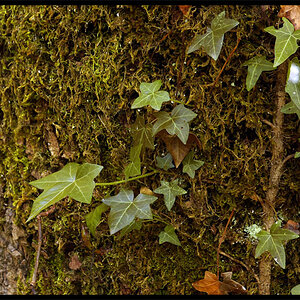
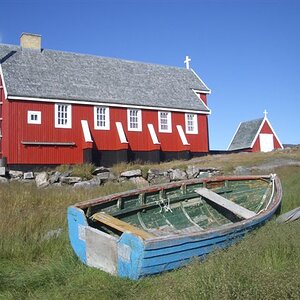
![[No title]](/data/xfmg/thumbnail/31/31747-2e2e2bda16938a6a1d5fd6120c558293.jpg?1619734987)
![[No title]](/data/xfmg/thumbnail/37/37108-62307f01c11ef92f5655ed4501d565ce.jpg?1619737882)

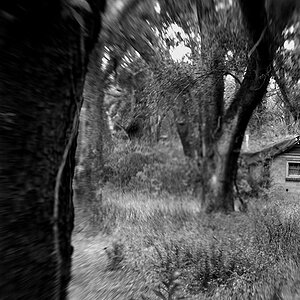
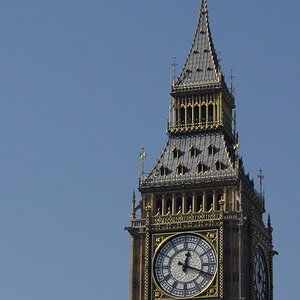
![[No title]](/data/xfmg/thumbnail/31/31751-fb2f68cca32f9eec468dbde7d649840f.jpg?1619734990)

![[No title]](/data/xfmg/thumbnail/37/37111-64f64f2c8371420041bf39244ff12117.jpg?1619737882)